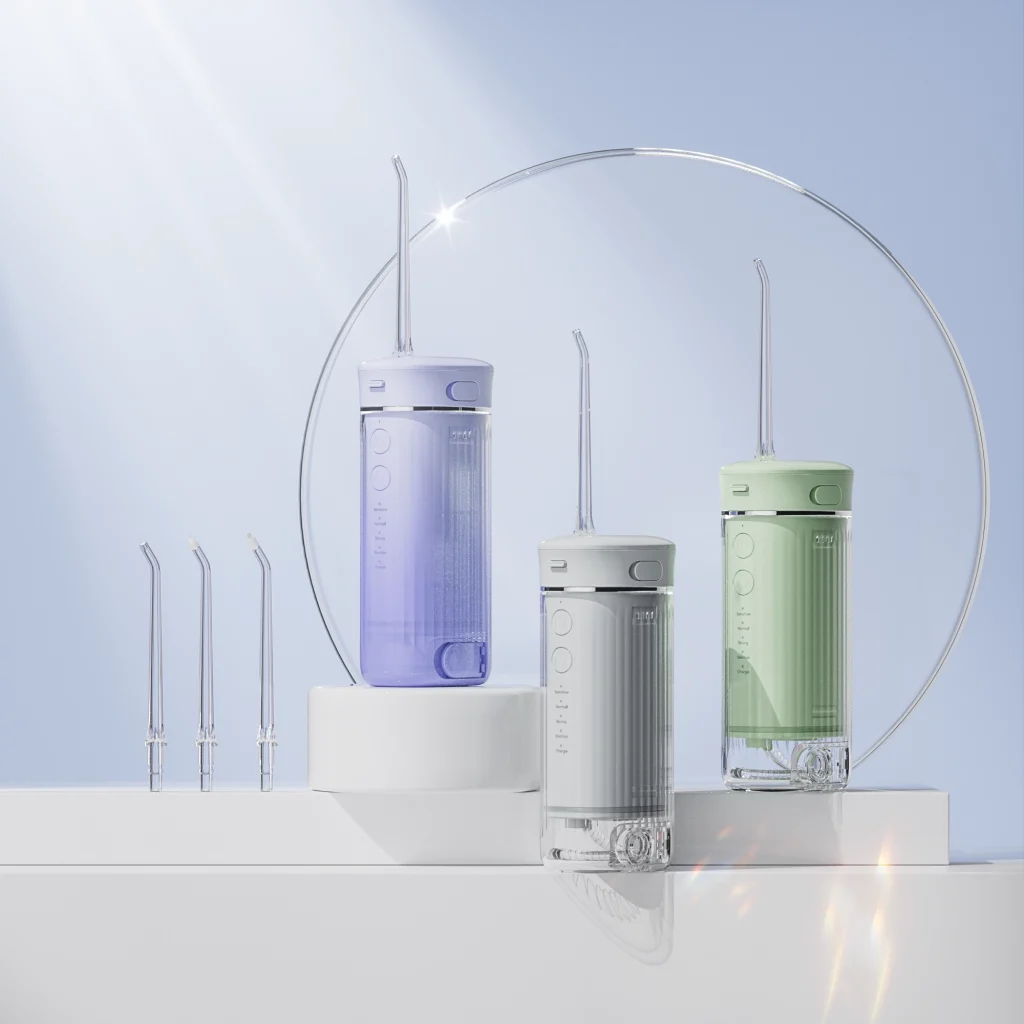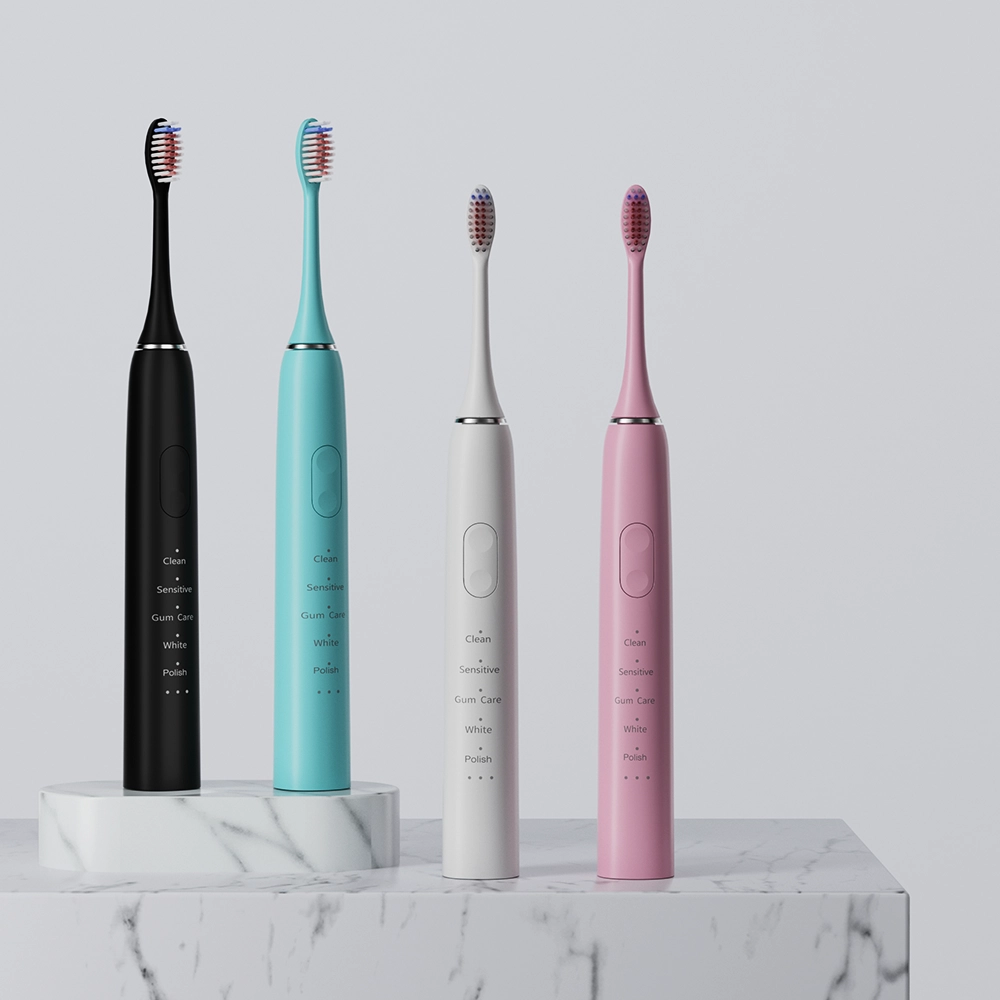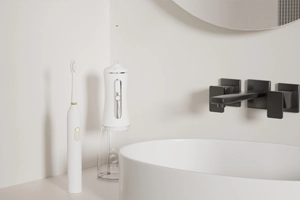In many advanced fluid‑power systems, battery swelling and sudden pressure loss often appear together. As a battery expands, it can press against nearby hoses, valves, or pumps—reducing flow and dropping system pressure. Conversely, unexpected pressure changes can stress the battery enclosure, exacerbating swelling. In this article, we’ll explore their link in six sections, show you how to diagnose the root causes, and share practical fixes and preventative measures to keep your equipment running smoothly.
Background & Challenges: Linking Battery Swelling and Pressure Loss
Battery swelling occurs when internal gas buildup expands the cell volume, while pressure loss happens as hydraulic or pneumatic systems fail to maintain target pressure. When both arise in the same machine, they create a feedback loop: the swollen battery may obstruct fluid lines, causing pressure to drop; at the same time, unstable pressure conditions can distort the battery housing, accelerating swelling. Recognizing how these two issues interact is essential for an effective diagnosis and repair plan.
Common Causes of Battery Swelling
Several factors can lead to battery swelling:
- Over‑discharge and Fast Charging: Deep cycling and rapid recharging generate gas that the battery cannot recombine internally.
- Excessive Heat: Operating or storing the device at high temperatures speeds electrolyte breakdown, producing gas.
- Manufacturing Defects: Imperfect separators or impure electrolyte can trigger runaway reactions inside the cell.
- Age‑Related Degradation: As cells age, internal resistance rises and micro‑cracks form, allowing gas to accumulate.
Understanding these root causes helps you choose the right battery technology and operating practices to minimize swelling.
How Battery Swelling Leads to Pressure Loss
Battery swelling can trigger pressure loss through:
- Physical Interference: The expanded casing presses on adjacent hoses or valves, constricting flow paths.
- Thermal Effects: Heat from a swollen cell increases local temperature—causing pipes and seals to expand unevenly and leak.
- Mechanical Deformation: Distorted battery mounts alter equipment geometry, disrupting fluid dynamics and reducing effective pressure.
- Electrical Instability: Swollen cells often exhibit voltage fluctuations, undermining pump or compressor performance and lowering system pressure.
By mapping this chain of events, you can target your repairs at both the battery and fluid circuits. Company Web:https://www.powsmart.com/product/electric-toothbrush/
Diagnosis & Detection Techniques
Effective troubleshooting requires multiple inspection methods:
- Visual & Thermal Imaging: Inspect the battery for bulges or hotspots with an infrared camera.
- Pressure & Flow Monitoring: Install inline sensors to log pressure drops and flow rate changes in real time.
- Voltage/Current Logging: Capture the battery’s charge‑discharge curves to detect abnormal voltage sag or current spikes.
- Leak‑Down Tests: After battery replacement, perform pneumatic or hydraulic sealing checks on nearby lines and fittings.
- Vibration & Acoustic Analysis: Monitor pump vibration and sound patterns to detect cavitation or flow restrictions caused by swelling.
Combining these data points lets you pinpoint whether the battery or the fluid system is at fault—or both.
Repair & Remediation Strategies
Once you’ve confirmed battery swelling is causing pressure issues, implement these corrective actions:
- Upgrade to High‑Quality Cells: Use cells with robust separators and superior thermal management to reduce swelling risk.
- Redesign Battery Housing: Provide expansion chambers or flexible mounts to accommodate cell growth without squeezing fluid lines.
- Enhance Seals & Cooling: Fit heat‑resistant gaskets and improve airflow or liquid cooling around the battery and pump assembly.
- Power Management Controls: Introduce soft‑start electronics and over‑current protection to prevent rapid charge/discharge pulses.
- Real‑Time Monitoring: Deploy IoT sensors for continuous tracking of cell temperature, enclosure pressure, and system fluid pressure, with automatic alerts.
- Multi‑Supplier Sourcing: Partner with several battery and hydraulic component vendors to ensure rapid replacement and reduce downtime risk.
These combined measures restore pressure performance and safeguard against future swelling events.
Prevention & Long‑Term Optimization
To stop battery swelling and pressure loss from recurring, adopt these forward‑looking practices:
- Predictive Maintenance: Use historical sensor data and machine‑learning models to forecast cell life and schedule preemptive replacements.
- Rigorous Qualification Testing: Subject new battery and fluid‑control designs to thermal cycling, vibration, and pressure stress tests before deployment.
- Operator Training: Teach maintenance teams to recognize early signs of swelling and pressure drift, and follow standardized response procedures.
- Innovative Technologies: Explore solid‑state batteries or self‑compensating pump systems that maintain pressure despite minor cell expansion.
- Integrated Quality Controls: Enforce strict quality checks on battery batches and hydraulic lines, from manufacturing through installation.
By combining robust design, active monitoring, and continuous improvement, you can eliminate the twin threats of battery swelling and pressure loss—and keep your systems reliably at peak performance.





